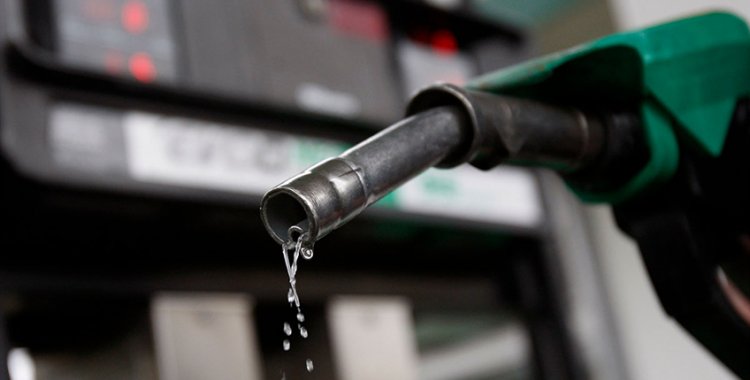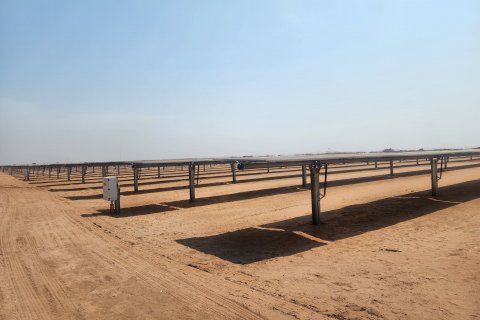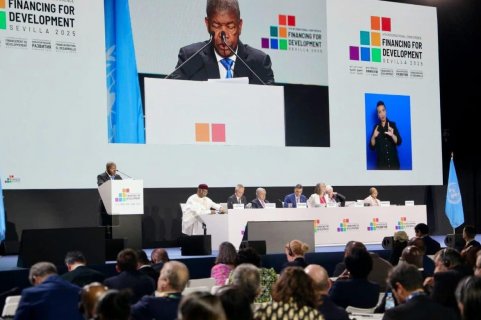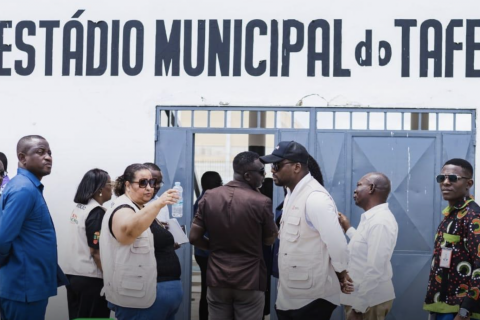According to the Summary of Commercial Activity of the Oil Derivatives Market for the 1st quarter of 2021, of the Oil Derivatives Regulatory Institute (IRDP), to which Lusa had access Tuesday, 825,469 metric tons of fuel were purchased and sold, worth 195 billion kwanzas.
Of the quantities sold, 31 percent are from the Luanda refinery and 3 percent from Cabgoc - Topping de Cabinda.
The document noted that the quantities purchased in the period in question represented an increase of about 2 percent against the previous quarter, noting that the country continued to have onshore liquid fuel storage capacity of about 680,011 cubic meters.
The quarterly summary also said that 898 service stations were registered in an operational state, of which 326 belonged to Angolan state company Sonangol Distribuidora (36 percent), 78 belonged to Pumangol (9 percent), 60 belonged to Sonangalp (7 percent), 41 belonged to TOMSA - Total Marketing & Services Angola (4 percent) and 393 were white flag stations (44 percent).
"The update of the National Mapping of Operational Gas Stations, on March 31, 2021, found a decrease of 53 operational gas stations, in relation to the 4th quarter of 2020, as well as the existence of 42 municipalities without operational gas stations," the report describes.
Regarding the overall sales volume of the various business segments - retail, consumer, and bunkering - in the period in reference, approximately 975,225 metric tons were recorded, showing a growth of about 26 percent over the previous quarter, due mainly to the recovery of economic activity in the country.
In terms of sales in the retail and consumer segments, five provinces in the country consume about 2/3 (67 percent) of the national total, leading the list Luanda, with 42.0 percent, followed by Benguela with 7.6 percent, Cabinda with 7.0 percent, Huila with 6.5 percent and Zaire with 4.0 percent.
In terms of gaseous fuels (liquefied petroleum gas), around 89,746 metric tons of cooking gas were brought onto the domestic market during the period under review, of which 90 percent came from Angola LNG, 6 percent from the Luanda Refinery and 4 percent from Cabinda Topping, with a 7 percent drop in its acquisition for the domestic market compared to the previous quarter.
"Regarding sales, the record is a total of 99,236 metric tons, which represented a decrease of 9.3 percent compared to the previous quarter," the balance sheet can be read, adding that in this segment the state-owned Sonagás leads the market, with a share of approximately 81.57 percent, followed by Saigás, with 9.81 percent, Gastém, with 3.69 percent, Progás, with 3.66 percent, and Canhongo Gás, with 1.27 percent.
The provinces that consumed the most liquefied petroleum gas are Luanda (61 percent), Benguela (10 percent), Huila (6 percent), Huambo (5 percent) and Cabinda (3 percent), with the five regions accounting for approximately 81 percent of national consumption.
As far as lubricants are concerned, by the close of this summary, the record was 7452 metric tons traded in the domestic market, by the main companies, representing a decrease of approximately 25 percent from the previous quarter.
Of the total volume commercialized above, 1,440.7 metric tons were of domestic production, corresponding to 19.3 percent, and the remaining 5,982.5 metric tons came from imports, corresponding to 80.7 percent.
Sonangol Distribuidora led the lubricants market in the period, with sales of 19.3 percent of the total, followed by Pumangol, with 9.2 percent, Ditrol, with 8.7 percent, Toyota de Angola, with 8.2 percent, and Cosal with a 6.1 percent share, rounding out the top five.







